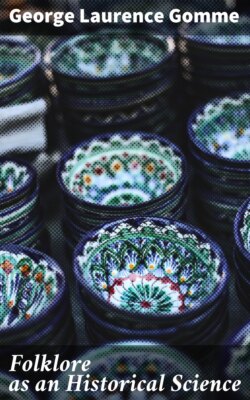Читать книгу Folklore as an Historical Science - George Laurence Gomme - Страница 7
На сайте Литреса книга снята с продажи.
I
ОглавлениеThe evidence of historic events which enter into tradition relates principally to the earliest periods, but much of it relates to periods well within the domain of history and yet reveals facts which history has either hopelessly neglected or misinterpreted. We shall find that these facts, though frequently relating to minor events, often have reference to matters of the highest national importance, and perhaps nowhere more definitely is this the case than in the legends connected with particular localities. Of one such tradition I will state what a somewhat detailed examination tells in this direction. It will, I think, serve as a good example of the kind of research that is required in each case, and it will illustrate in a rather special manner the value of these traditions to history.
The locus of the legend centres round London Bridge. The earliest written version of this legend is quoted from the MSS. of Sir Roger Twysden, who obtained it from "Sir William Dugdale, of Blyth Hall, in Warwickshire, in a letter dated 29th January, 1652–3." Sir William says of it that "it was the tradition of the inhabitants as it was told me there," and Sir Roger Twysden adds of it that: "I have since learnt from others to be most true." This, therefore, is a very respectable origin for the legend, and I will transcribe it from Sir William Dugdale's letter which begins "the story of the Pedlar of Swaffham-market is in substance this":—
